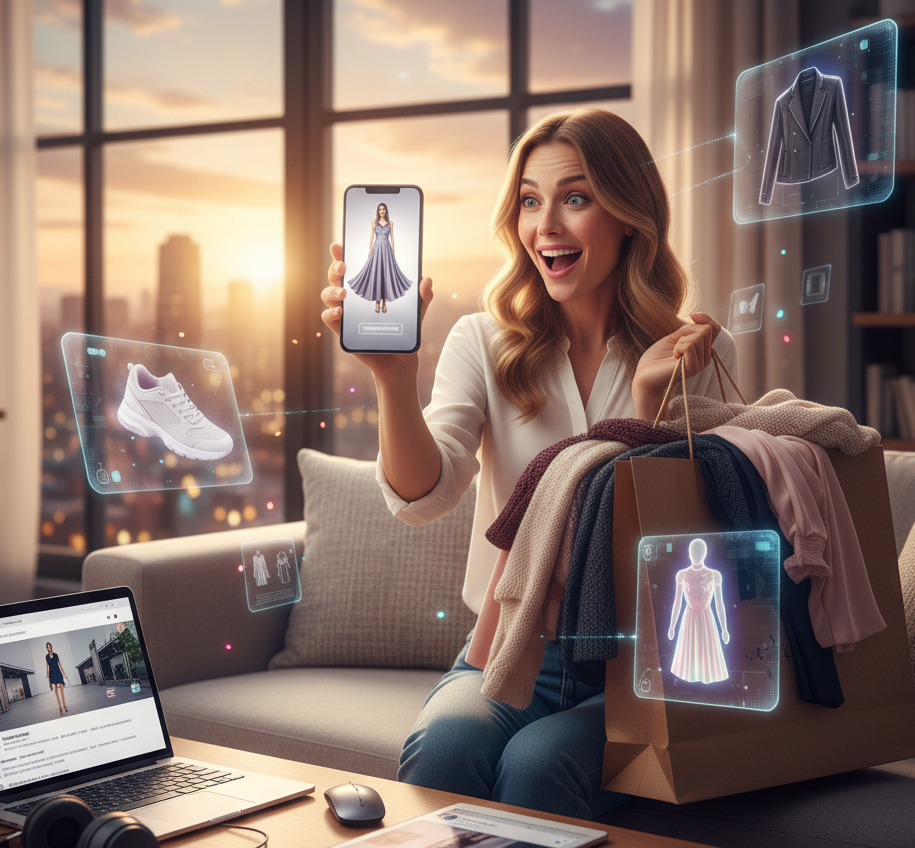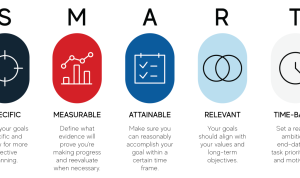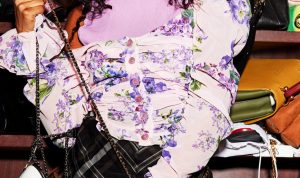In the ever-evolving world of retail, few industries have been transformed as dramatically as fashion and apparel. What was once a deeply tactile, in-person experience has been reimagined for the digital age. The internet, a global stage without borders, has become the ultimate runway, and online sales have become the primary engine driving the industry’s growth. This shift isn’t just about convenience; it’s a fundamental change in how we discover, shop for, and interact with clothing.
The rise of the digital storefront has unlocked unprecedented opportunities for both consumers and businesses. For shoppers, the world’s most sought-after brands are now just a few clicks away, accessible 24/7 from the comfort of their homes. This has democratized fashion, making everything from luxury couture to fast-fashion finds available to a global audience. The ability to browse collections, compare prices, and read reviews instantly has created a more informed and empowered consumer. No longer are we limited to the inventory of our local boutiques; the entire globe is our dressing room.
The Power of E-commerce Platforms
At the heart of this transformation are the powerful e-commerce platforms that have made online selling a seamless process. Companies like Shopify, Magento, and BigCommerce have lowered the barrier to entry for aspiring designers and small businesses. A young designer can now launch a brand and reach a global audience with a minimal initial investment, bypassing the traditional retail hurdles of rent, staff, and physical inventory. This has led to an explosion of independent labels, each with a unique voice and style, enriching the market with diversity and innovation.
Beyond the platforms, the entire digital ecosystem supports online fashion and apparel sales. High-quality product photography and videos have replaced the need for physical touch, giving consumers a detailed look at textures, colors, and cuts. Virtual try-on tools, powered by augmented reality (AR), are beginning to bridge the gap between the virtual and physical, allowing customers to “see” how a garment would look on them before making a purchase. Detailed sizing charts and customer reviews provide the social proof and practical information needed to make confident decisions. This integration of technology creates a compelling and user-friendly shopping experience.
The Role of Social Media and Influencers
The success of online fashion and apparel is inextricably linked to social media. Platforms like Instagram, TikTok, and Pinterest have become more than just marketing channels; they are the new window displays. Brands and retailers use these platforms to showcase new arrivals, create visually stunning campaigns, and build a community around their products. A single post from a popular influencer can sell out an entire collection in minutes, demonstrating the immense power of digital word-of-mouth.
Influencers, with their dedicated followers and curated aesthetics, act as modern-day stylists and brand ambassadors. They provide inspiration and validation, showing how a product can be worn in real life and integrating it into their personal style. This approach feels more authentic and trustworthy to consumers than traditional advertising, fostering a deeper connection between the brand and its audience. Live shopping events on these platforms also add an interactive element, allowing for real-time engagement and immediate purchases, turning social browsing into a direct sales channel.
Data-Driven Decisions and Personalization
Online sales generate a wealth of data that traditional retail could only dream of. Every click, view, and purchase provides valuable insights into customer behavior. Brands can use this information to understand what styles are trending, which products are frequently viewed but not purchased, and where their customers are located. This data-driven approach allows for more informed decision-making, from designing future collections to optimizing marketing spend.
Furthermore, this data enables a high degree of personalization. E-commerce sites can tailor the user experience by recommending products based on past purchases and browsing history. An email marketing campaign can be customized to show items that a customer has previously viewed or abandoned in their cart. This level of personalization makes the shopping experience feel curated and relevant, increasing the likelihood of a sale and fostering customer loyalty.
The Challenges and Future of Online Fashion
While the benefits are clear, the online fashion world isn’t without its challenges. Returns remain a significant issue, with customers often buying multiple sizes of an item to try on at home, only to return the ones that don’t fit. This creates logistical and environmental challenges for retailers. The “see now, buy now” culture fueled by social media can also contribute to a fast-fashion cycle with its own set of sustainability concerns.
Looking ahead, the future of online fashion is likely to be a blend of digital innovation and a more thoughtful approach to consumption. We can expect to see further integration of technologies like AI and AR to improve the fit and sizing experience. The focus will also shift towards sustainability, with brands using their digital platforms to educate consumers about ethical production and sustainable materials. The digital runway will continue to evolve, but one thing is certain: online sales are no longer a supplement to brick-and-mortar stores—they are the new foundation of the fashion industry.







